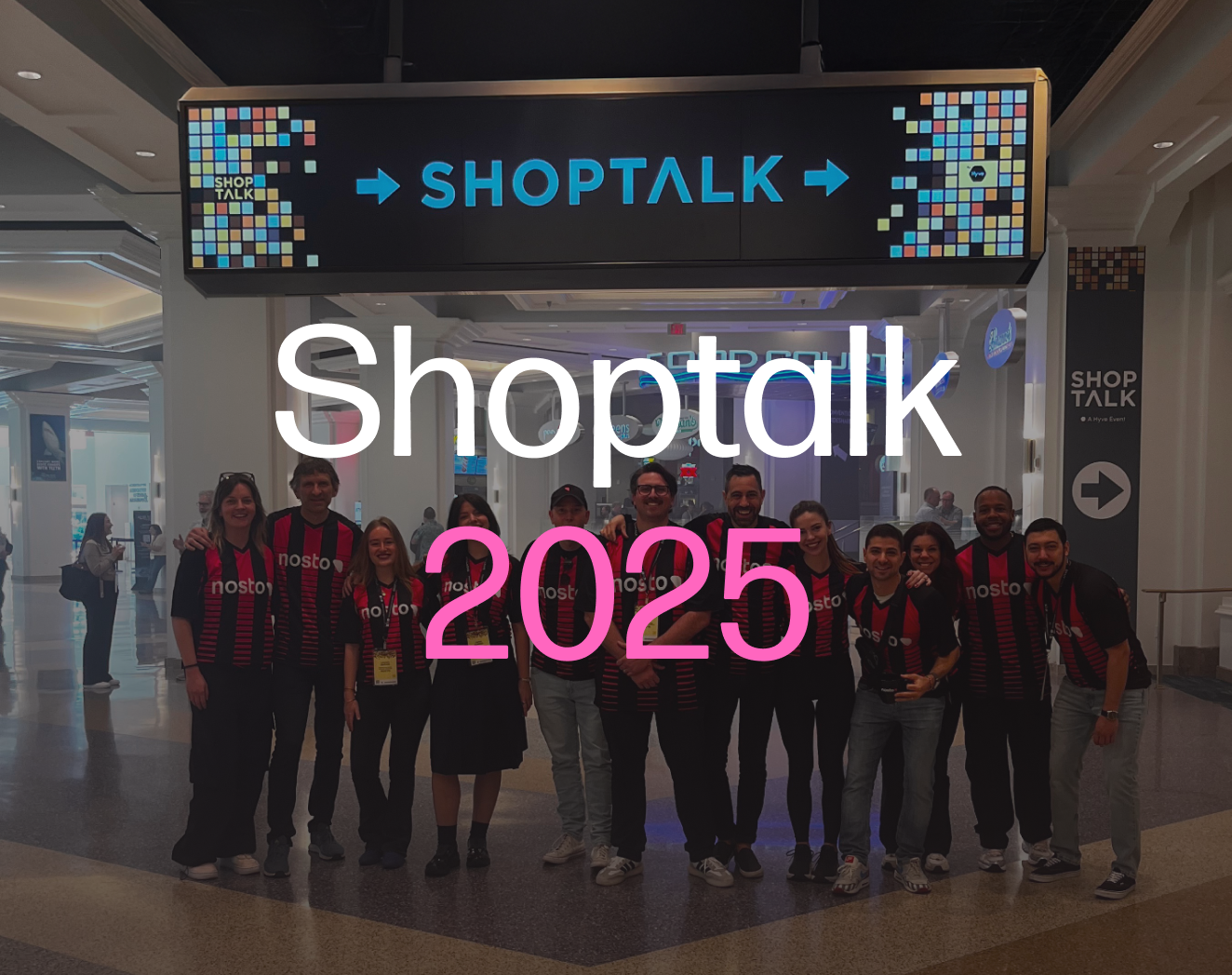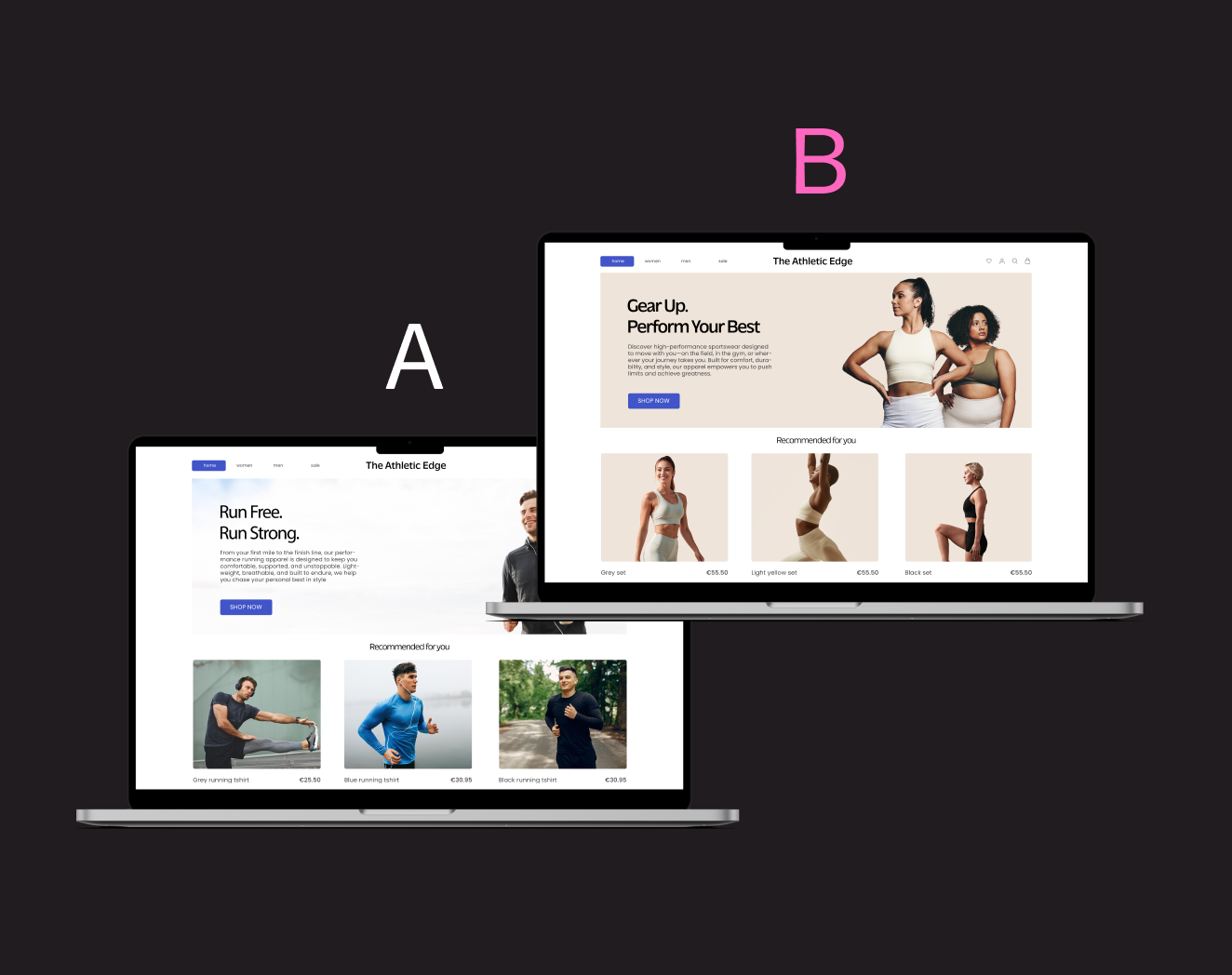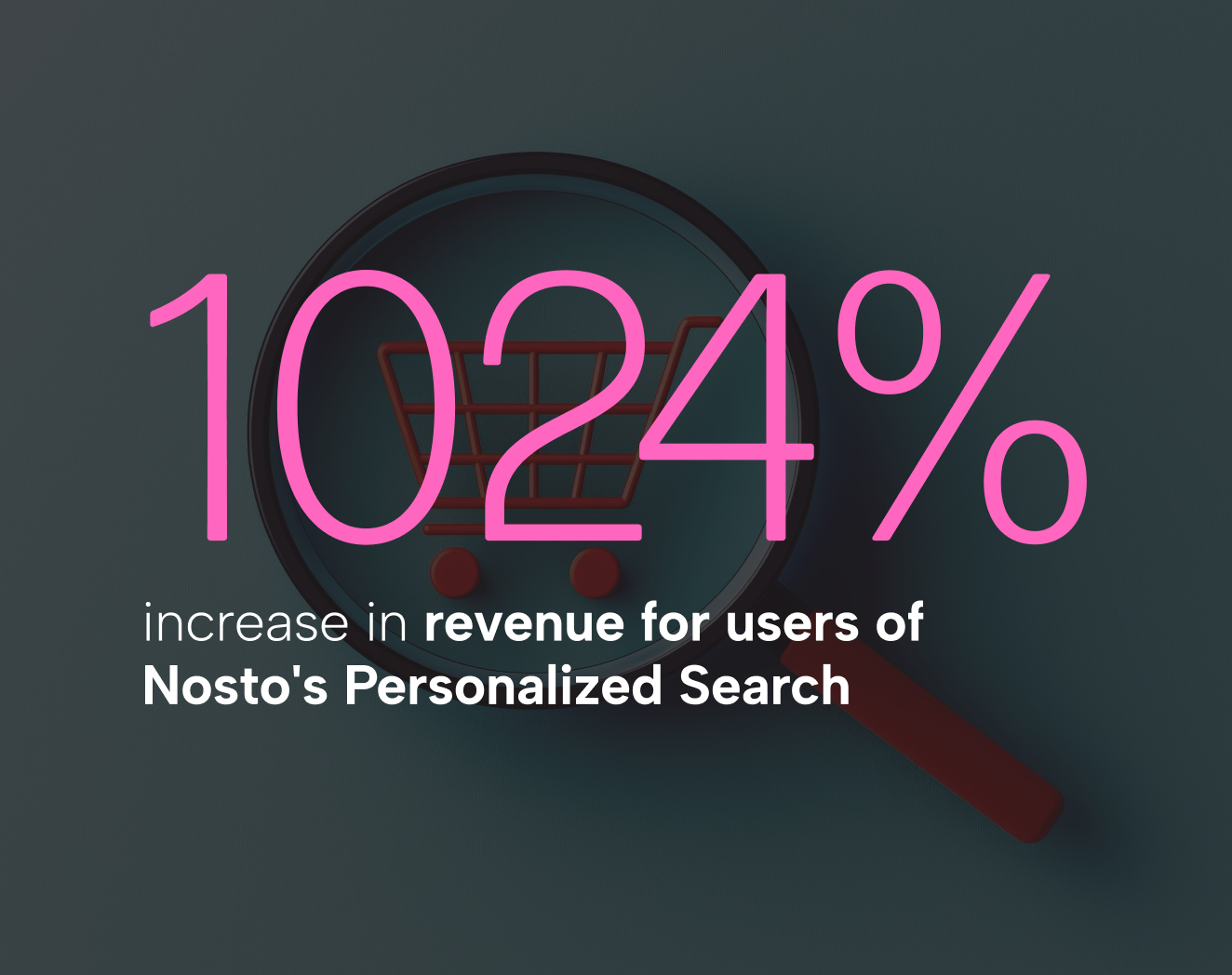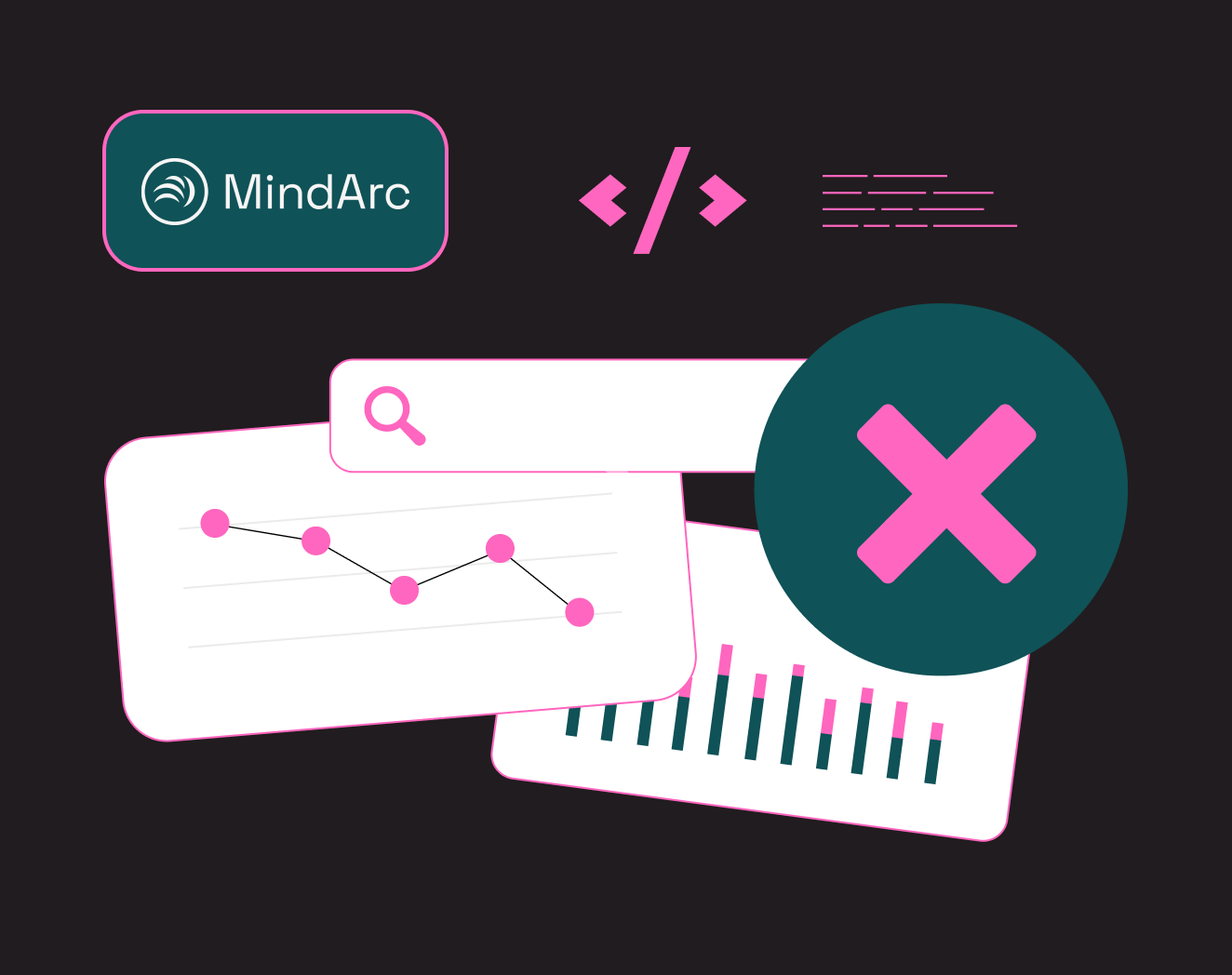How Instagram’s API Changes Could Affect Your Brand (And What You Should Do Next)
As you may have heard, Facebook has been making some changes to their Facebook and Instagram API limits to improve privacy and data security, while adding new features and functionality for partners.
Naturally, these changes have caused some concern for marketers about the types of content and data they’ll be able to access on these platforms and build into their marketing strategies. But don’t panic! We’re going to breakdown what’s changed, what it could mean for your brand and how you can take advantage of these new processes.
What’s Changed?
Reduction of API Rate Limit
Instagram gives every third-party application connected to its API a limit of how many times it can call their data. They have now reduced their API limit from 5,000 calls per hour to 200 calls per hour.
This change is meant to bring Instagram’s API rate limits in line with Facebook’s existing API rate limits and effectively reduce the ability of illegitimate actors (think Cambridge Analytica scandal) to collect large amounts of user data over time.
While this may seem like a large reduction in API calls, those using this API to aggregate Instagram posts will still be able to access thousands of posts per hour.
This has not affected Stackla’s ability to discover and aggregate UGC from Instagram in a timely manner. Stackla’s apps are approved by Facebook and Instagram, and our advanced token management ensures you won’t miss any content.
Removal of Follows & Relationship, Likes and Media Endpoints
By shutting down its follows and relationship as well as its likes and media endpoints, Instagram will no longer allow third-party applications to see who follows whom, which posts users have liked or receive notifications when media is posted.
The idea here is to prevent bad actors from building intelligence maps of users, their relationships to other users and the content they like. It should also reduce the ability of spammy bot accounts that auto-like posts on the platform
This has not affected Stackla customers’ ability to measure or glean insights from the UGC they aggregate and publish.
Removal of Public Commenting Endpoint
With the removal of Public Commenting, it is no longer possible for third-party applications to post ‘Comments’ on behalf of a user for any content that does not @mention the account commenting.
This has required slight updates to Stackla’s Rights Management workflows for Instagram. Rights Request messages can now only be posted on Instagram posts that include a mention of your Instagram Business account’s @userhandle in either the post caption or in a post comment. For those posts, the workflow will remain the same.
To request rights for an Instagram post that does not include a mention of your Instagram Business account @userhandle in the post caption or in a comment, an alternative workflow will provide you with a rights request message and hashtag or URL that you can copy and paste as a post comment directly within the Instagram application or via instagram.com.
Removal of User Search Endpoint
The deprecation of the Users Search API endpoint means that it is no longer possible to aggregate all content from a specific User Account, unless that account is an Instagram Business account.
Additionally, in order to aggregate content from an Instagram Business Account, you must now generate a Facebook Page Token for your Instagram Account. That Instagram account must be a Business Account and you must be an Administrator of that account when creating the Facebook Page Token.
Once configured, you will be able to aggregate content from any other Instagram Business Account on the Platform.
To find out how to connect your Instagram Business Account, click here
Removal of Personally Identifiable Data in Posts (including First & Last Name, Bio, Avatar, Comments, Commenters, Follower Count, Following Count and Post Count)
While third-party applications used to be able to pull in personally identifiable user information, like people’s Instagram name, bio, avatar, followers, etc., Facebook as now removed access to that information going forward.
So in Stackla, for example, where you used to be able to pull in and display all of people’s profile information when publishing their content, you now will only be able to pull in and display their @userhandle.

Stackla displays such as Widgets, Event Screens and Email Campaigns have been updated to gracefully remove these elements from displays on posts aggregated after April 4, 2018.
What Could These Changes Mean For You?
- Will you still be able to aggregate Instagram content? Yes. Although their API rate limits have been reduced, approved third-party applications like Stackla will still be able to pull in Instagram images and comments via hashtag, business account, mentions and geolocation. You will now have to connect your Instagram Business Account and generate a Facebook Page Token. And remember, you will no longer be able to see the users’ name and avatar on newly aggregated content — only their @userhandle.
- Can you still comment as your brand on other users’ Instagram posts via a third-party app, like Hootsuite or Stackla? Yes, but only on posts that your brand has been @mentioned in the post or in the comments.
- Will you still be able to request rights to users’ Instagram content? Yes, but your means for doing so will need to change slightly if your brand isn’t @mentioned in the users’ post or comments. More details here.
Are Any Additional Instagram API Changes Expected?
Yes. Facebook has communicated that the remaining Instagram legacy API endpoints will be deprecated by the end of 2018. However, these endpoints are expected to be replaced with new equivalent API endpoints on the Instagram Open Graph.
Stackla, as an approved Facebook and Instagram application, continues to be in regular communication with Facebook and will advise customers if there are any additional changes that may impact their use of Instagram content.
What Should You Do Next?
- Ensure your company’s Instagram profile is a business profile or convert it asap.
- Connect your Instagram business profile to your Facebook Page. (Stackla customers: Check your Stackla User’s Facebook Page privileges. Ensure each of your personal Facebook accounts are admins of your Facebook Page. This makes token management much easier as any Page admin can authorize Stackla. You may also need to re-authorize your Facebook and Instagram accounts in Stackla.)
- Encourage customers to @mention you as part of your Instagram campaign calls-to-action (CTAs). That’s right, @mentions are the new #hashtag. Now that Instagram is only allowing brands to comment on users’ posts via a third-party app, like Stackla, if they’re @mentioned in the post or comments, it’s time to start shifting your social asks away from hashtags — that can be easily misused, abused or hijacked by anyone for any reason — and towards @mentions of your brand’s Instagram handle. These specific brand shout outs are now the best way for Instagram to know when a user intends to receive a response from your business account. Not only will this help streamline rights management on Instagram, but it will also help create a closer 1:1 relationship with your followers.
While these changes have taken many marketers and businesses by surprise, they will serve to move the industry towards better data management — making sure only legitimate businesses and organizations will be granted access to users’ data and the opportunity to interact with them on these platforms in the future.
At Stackla, we are always in support of changes to improve the privacy and security of users’ data.
Stackla customers looking to learn more about how any of these Instagram API limit changes may have affected your accounts can read this support article and watch the embedded customer webinar recording.




